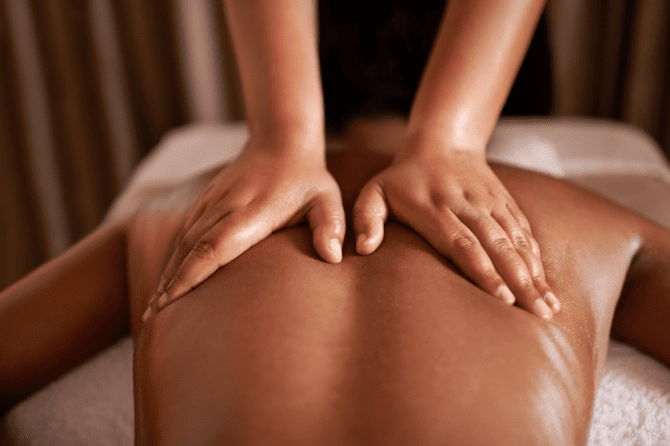
Massage Therapy, Myths, Fallacies and Facts
The following information has been taken from an article in Massage Therapy Today, winter 2018, supported by the College of Massage Therapists of Ontario CMTO, www.rmtao.com.
With research, knowledge about the body and how massage therapy helps has evolved dramatically over the last 30 years, however some texts and Schools of Massage Therapy perpetuate some common myths. Our Goal at Euphoria Wellness Coventry is to ensure that you are well educated and have a deeper understanding of how massage affects the body.
Myth #1
Massage removes toxins from the body
Toxin in medical terms is a non-specific word to describe anything biologically poisonous to our body. Toxins are substances like lead, alcohol, bacteria/viruses, pesticides, heavy metals etc. and our body is well equipped in most cases to eliminate these substances via the liver, kidneys, colon and lymphatic system. In some cases Chelation may be necessary to help in the removal of some substances.
Some people who claim massage removes toxins may be referring to metabolites (metabolic by-products of cellular metabolism) Metabolites are processed in our body using mechanisms to eliminate or recycle through the metabolic system. “ Massage therapy does not push waste products out of our muscles or fat cells, into the bloodstream and then out of the body. This claim does not fit with any of our previous understandings of how the body works.
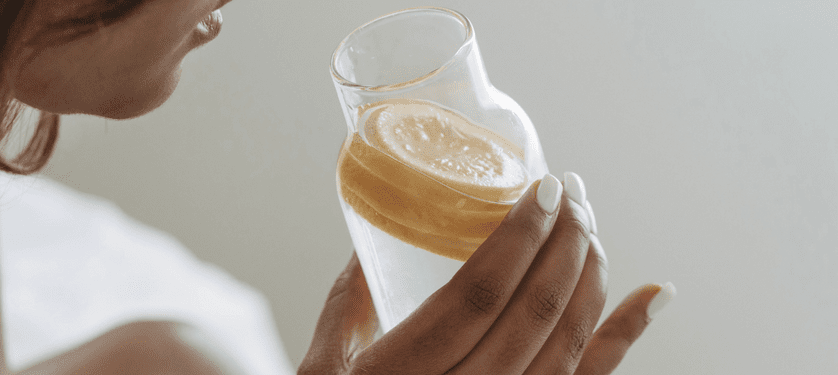
Myth #2
Massage Dehydrates the body and water is necessary to re-hydrate and flush the toxins out of the body.
What causes dehydration?
- not replacing lost fluid (ie inadequate intake per day)
- Sweating
- Vomiting
- Diahhrea
- Diuretic medications
As you see massage is not one of the causes for dehydration and unless you are thirsty after a massage or dehydrated when you come in there is no physiological basis for hydrating after a massage. Is it a nice thing to do? Sure but not necessary.
As we do not “detoxify” the body with massage, water will not increase this process.
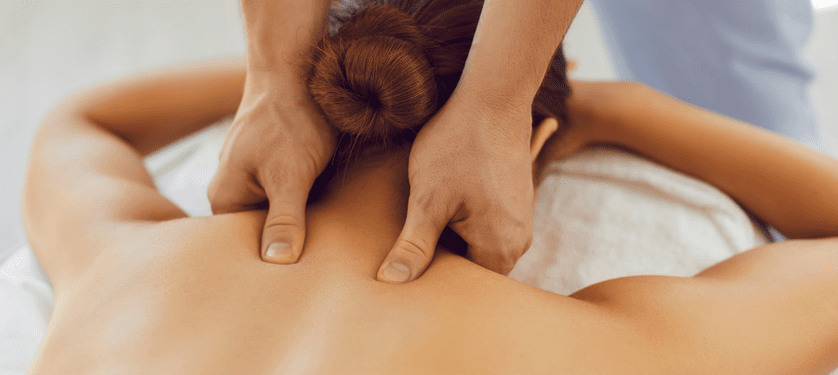
Myth #3
Massage Therapy increases circulation.
This is a very common claim but not substantiated. It has been found that massage therapy will increase local circulation to the tissue being worked on and some studies found that peripheral circulation and vascular function can also be restored. However most research has found that massage therapy does NOT have a large impact on blood circulation throughout the body. Increase in circulation is more effectively achieved through exercise and daily movement and even if blood flow is increased locally it is not clinically significant overall.
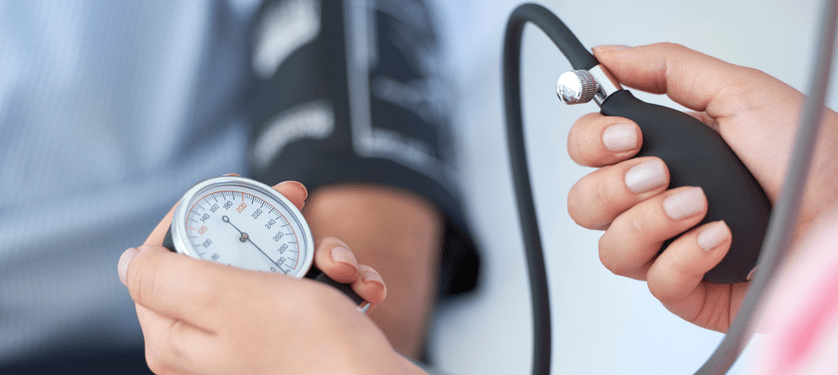
Myth #4
Massage can increase blood pressure by increasing circulation so is contraindicated with high blood pressure.
If massage is not significantly affecting circulation then how are we increasing blood pressure? The advise from physicians to patients with high blood pressure is reduce stress and exercise. Our intent in massage therapy is to reduce stressors and evoke a relaxation response so during a massage research has shown that blood pressure can drop and massage is no more taxing to the circulation than a slow walk would be!
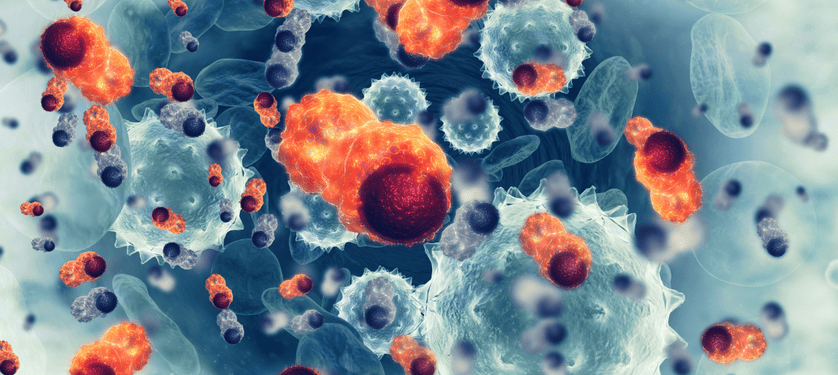
Myth #5
Massage can spread cancer
There has been no evidence that massage can spread cancer via the circulatory or lymphatic system as circulation does not increase blood flow anymore than physical activity which is recommended for cancer patients.Lymphatic drainage was studied as a technique to help treat breast cancer and it was found that it did not increase the chance of recurrence.
(source: Cowen, V.S., & Tafuto, B (2018) Integration of Massage Therapy in Outpatient Cancer Care. International journal of therapeutic massage & bodywork, 11(1), 4- 10
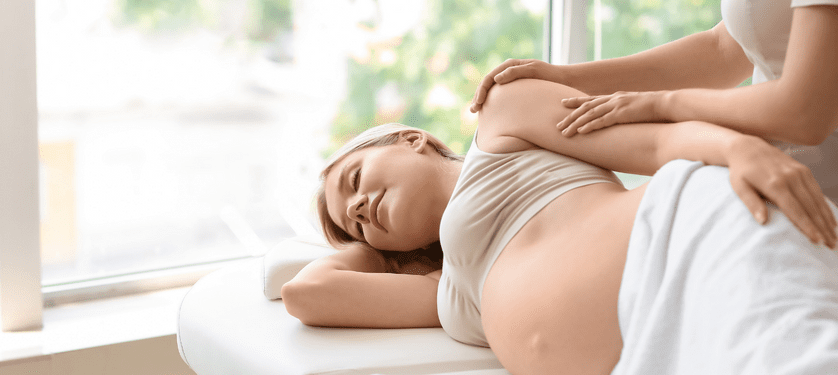
Myth #6
Massage can induce labor or cause miscarriage
It is thought by many and taught in many schools that massage therapy in the 1st trimester can cause miscarriage. While miscarriage is common in the 1st trimester and can occur in 10 – 25% of early pregnancy there is no evidence that massage therapy contributes to this occurrence. If we look at circulation and compare exercise and daily activity to massage therapy we understand that massage therapy is not anymore vigorous than the aforementioned activities. Women in general are not prohibited from exercise or daily living during the 1st, 2nd or 3rd trimester unless there is a high risk to the pregnancy. Massage from conception to birth has been proven to help with reduced stress, anxiety, depression, postural pain and easier labor and delivery.
It is also believed by some that massage to the reflex points on the ankles and feet can cause a women to go into early labor but there is no evidence that points to this being the case and no scientifically plausible explanation.
As our research and evidence based understanding of massage evolves we will continue to change our perception of the profession and increase our understanding of how we can continue to help a larger population manage musculoskeletal pain and discomfort, and decrease stress, anxiety and depression.
References for this article can be found by googling CMTO Myths and Facts and clicking on www.rmtao

Leave a reply